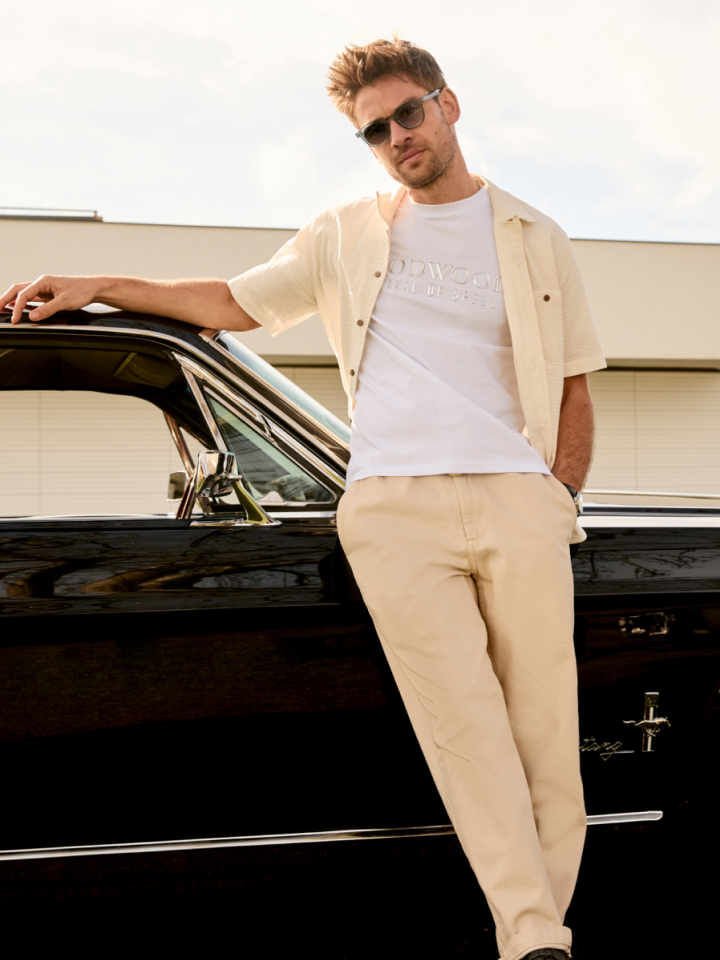Is MotoGP more exciting without Marquez?
While the cat is away, the mice will play. It might jar to categorise the skill and guts of MotoGP riders with minor rodents, but the analogy works. The unexpected absence injured of MotoGP’s dominant Marc Marquez has created fresh championship chances for a whole new group of them.

After seven years of wondering who would come second, and after Marquez crashed out of the first race, the first five races of the truncated 2020 season have had only one repeat winner, with victories going to two second-year sophomores and one beginner – Brad Binder won at Brno in only his third senior-class GP.
The double winner was Frenchman Fabio Quartararo (Yamaha), who convincingly dominated the opening back-to-back rounds at Jerez only to slump at Brno and two Austrian gallops, a dismal 13th at the second.
The other three victories went to old hand Dovizioso and Ducati, and to newcomers KTM: Miguel Oliveira in his second MotoGP year, and beginner Binder, respectively the first Portuguese and South African winners.
Also unfamiliar up front, Suzuki’s sophomore Joan Mir and another KTM rider Pol Espargaro; plus Johann Zarco with an unpredicted high-level return from oblivion on a low-grade Ducati, and Australian Jack Miller with a first dry-weather podium, also on a Duke. The novelty is in the names of the bikes as well as the riders. In particular KTM and to an extent Suzuki.
Where are the stalwarts, Honda and Yamaha? This illustrates the coming to fruition of Dorna’s long-standing plan to homogenise the technology and level the playing field, the promise that attracted KTM and the return of Aprilia and Suzuki.
Honda’s case: since 2013 the biggest player’s weaknesses have been masked by the genius of Marc Marquez. In his hands, unpredictable handling and queasy corner entry simply triggered new techniques. His lightning reflexes saved him from the front-end crashes that have plagued the only other current Honda race-winner Cal Crutchlow. The RCV’s character flaws left master-craftsman Jorge Lorenzo so badly undone that he quit halfway through his contract, preferring premature retirement.
For 2020 the handling problems have persisted, while the concentration on just one rider has left Honda badly exposed. Particularly since the third 2020 factory bike is ridden by a rookie: Marc’s younger brother Alex, who narrowly beat Binder to the Moto2 title last year, but has found the going tougher this time.

Yamaha’s problems, equally self-inflicted, are more convoluted. There’s no shortage of riding talent – new satellite-team star Quartararo is alongside the formidable Rossi and strong Spaniard Maverick Vinales on the factory bikes, while ex-Moto2 champion Franco Morbidelli backs them up.
Where they fall short is in horsepower, which not only penalises top speed (some 7mph in Austria) but also punishes corner exit. Rider efforts to overcome this with higher corner speeds can work at some tracks, but for Rossi in particular burning up the tyres seems to spoil end-of-race pace. Conversely Vinales, while qualifying well, suffers puzzling difficulties in the early laps.
In fact, it’s all a bit puzzling, which is normal at these pinnacles of technical performance, where margins are so very small. This is where inspirational engineers can come to the rescue. Or not.
MotoGP rules freeze engine development during the season, for all except so-called “concession teams” – the beginners. So Yamaha are banned from fiddling to release more or better power, then it gets worse. A reliability problem saw three engine failures at the opening two races, and now one-third into the season all but one of the four riders has already taken all five allocated engines out of cold-storage. Should they need another, that dictates a pit-lane start.
The failures were blamed on valves, and Yamaha sought official permission to open their engines to fix the problem “on safety grounds”. The structure of the rules requires that all manufacturers needed to agree and, not surprisingly, their rivals scented a chance to unearth potential secrets, and requested more technical details before granting permission. At that point, Yamaha demurred, with boss Lin Jarvis telling the press they would “adjust some other parameters” to get through the year. This means cutting revs and power, exacerbating their existing performance woes.

KTM, by contrast, have in just four years become fully competitive. The reasons include method, motivation and money, notably the latter, thanks to the lavish backing of fellow-Austrian Red Bull. But the rules also help them: as a concession team they are free to make engine changes, as well as having more opportunity to test.
Two dry-weather wins, however, mean KTM has lost concession status, and with it the freedom for extra testing. But it is only in 2021 that engine development will be frozen, and engine numbers cut. Honda and Yamaha will doubtless be glad of that.
Images courtesy of Motorsport Images.
MotoGP
MotoGP 2020
2020
Marc Marquez
Fabio Quartararo
Honda
KTM
Yamaha
Maverick Vinales
Cal Crutchlow































































